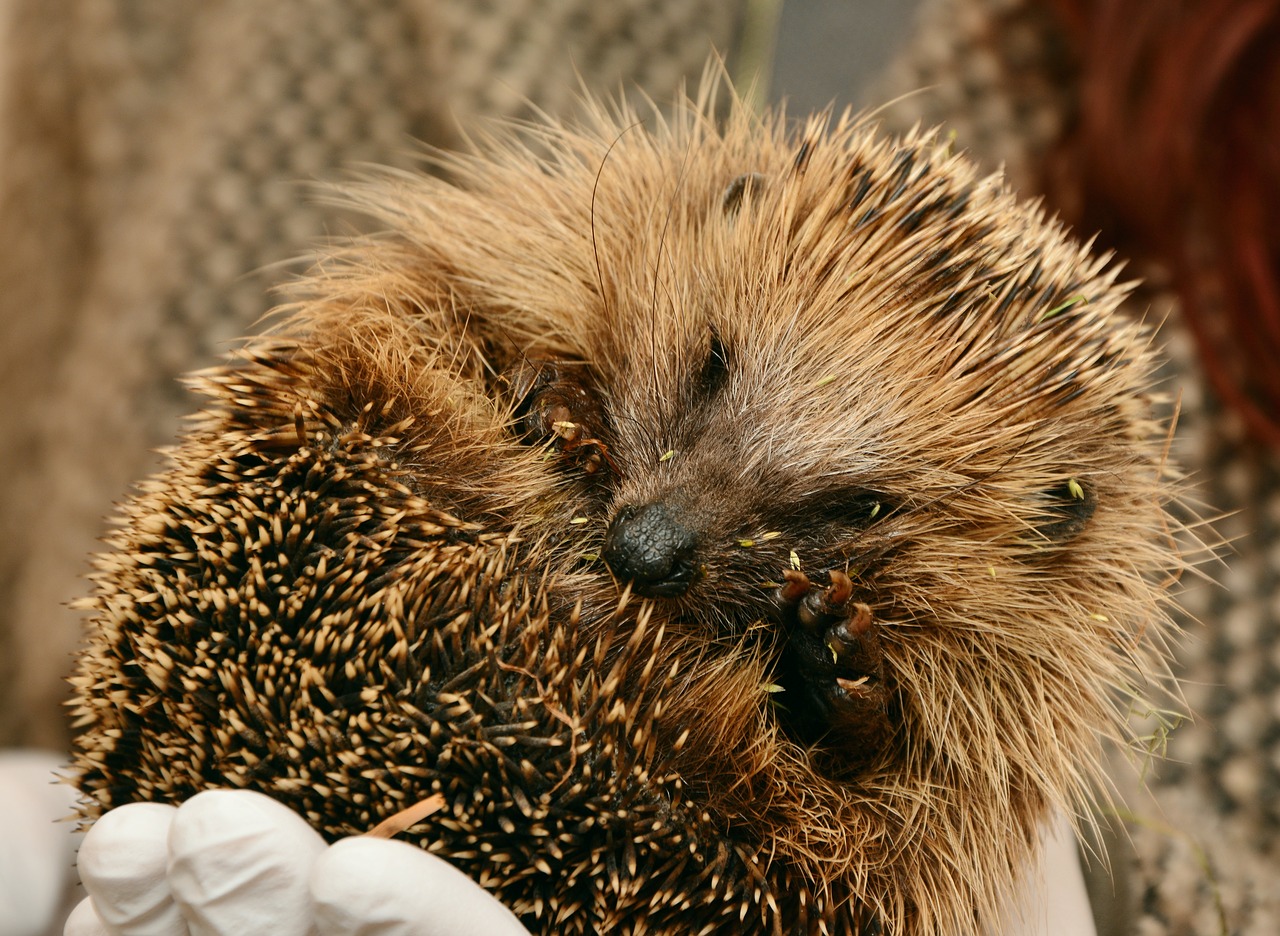Difference Between Torpor and Hibernation
There are different mechanisms in nature that protect plants and animals from harmful effects of the environment. Many mammal and bird species temporarily abandon euthermia and drastically reduce their body temperature and energy expenditure during periods of cold weather, drought, or reduction of the available food resources. This allows them to survive during periods with unfavorable environmental conditions.
The hypometabolic condition associated with low body temperatures in eutherms is called torpor. There are two distinguished types of torpor:
- Daily torpor;
- Hibernation.

What is Torpor?
Torpor is a hypometabolic condition associated with low body temperatures. It enables animals to survive periods of unfavorable environmental conditions. Depending on the duration of the hypometabolic state, the torpor can be daily torpor (short-term) or hibernation (long-term).
The duration of the daily torpor is less than 24 hours. It is accompanied by continued foraging. The torpor characteristics depend on the species’ geographical distribution and body mass. In general, the daily heterotherms are smaller than the hibernators and are distributed at lower average latitudes.
The average maximum duration of a torpor bout is about 30 times shorter for the daily heterotherms, compared to this for hibernators with similar body weight.
In daily heterotherms, the mean minimum metabolic rate in torpor is 35% of the basal metabolite rate. The temporal control of entry into / exit from torpor in daily heterotherms is governed by the circadian regulation. This facilitates continued foraging.

What is Hibernation?
Hibernation is a state of regulated hypothermia that allows animals to save energy at prolonged periods of low temperatures. Its duration is from several consecutive days to months. The hibernation is characterized by slowing metabolic processes, lowering body temperature, and inhibiting breathing.
The hibernating animals do not feed. They accumulate body fat during the warm months and use it as an energy reserve during the hibernation period.
The characteristics of the torpor depend on the geographical distribution and body mass of the species. In general, the hibernating species are heavier, compared to daily heterotherms. They live at higher average latitudes. Average maximum torpor bout is about 30 times longer in hibernators. During hibernation, the metabolic rate is about 6% of the basal metabolic rate. The control of entry into / exit from torpor in hibernators is not governed by the circadian system. This allows hibernating animals to have prolonged periods of hypometabolism, relaying at their energy reserves.
Difference Between Torpor and Hibernation
Definition
Torpor: Torpor is a hypometabolic condition in eutherms, associated with low body temperatures, helping animals to survive periods of unfavorable environmental conditions.
Hibernation: Hibernation is a state of regulated hypothermia that allows animals to save energy at prolonged periods of low temperatures.
Duration
Torpor: Torpor can last from several hours (daily torpor, less than 24 hours) to several months (hibernation).
Hibernation: The average maximum duration of a torpor bout is about 30 times longer for the hibernators, compared to this for daily heterotherms with similar body weight.
Foraging
Torpor: Daily torpor is accompanied by continued foraging.
Hibernation: Hibernators do not feed during the hibernation period.
Geographical distribution
Torpor: In general, the daily heterotherms are distributed at lower average latitudes, the hibernators – at higher ones.
Hibernation: In general, the hibernators live at higher average latitudes compared to the daily heterotherms.
Body mass
Torpor: Animals of different sizes can use torpor. In general, the daily heterotherms are smaller than the hibernators.
Hibernation: In general, the hibernators are bigger, compared to the daily heterotherms.
Metabolic rate
Torpor: In daily heterotherms the mean minimum metabolic rate in torpor is 35% of the basal metabolite rate.
Hibernation: The mean minimum metabolic rate during hibernation is 6% of the basal metabolite rate.
Temporal control
Torpor: The temporal control of entry into / exit from torpor in daily heterotherms is governed by the circadian regulation.
Hibernation: Hibernators have uncoupled the torpor control from the circadian system.
Torpor vs. Hibernation

Summary of Torpor and Hibernation:
- Torpor is a hypometabolic condition associated with low body temperatures in eutherms, which enables animals to survive periods of unfavorable environmental conditions.
- Hibernation is a state of regulated hypothermia that allows animals to save energy at prolonged periods of low temperatures.
- Torpor can last from several hours (daily torpor, less than 24 hours) to several months (hibernation). The average maximum duration of a torpor bout is about 30 times longer for the hibernators, compared to this for daily heterotherms with similar body weight.
- Daily torpor is accompanied by continued foraging. Hibernators do not feed during the hibernation period.
- In general, the daily heterotherms are distributed at lower average latitudes, the hibernators – at higher ones.
- In general, the daily heterotherms are smaller than the hibernators.
- In daily heterotherms, the mean minimum metabolic rate in torpor is 35% of the basal metabolite rate, in hibernators – 6%.
- The temporal control of entry into / exit from torpor in daily heterotherms is governed by the circadian regulation. Hibernators have uncoupled the torpor control from the circadian system.
- Difference Between Gallstones and Cholecystitis - September 5, 2021
- Difference Between Constipation and Cramping - August 4, 2021
- Difference Between Whole Genome Sequencing and Microarray - May 6, 2021
Search DifferenceBetween.net :
Leave a Response
References :
[0]Image credit: https://pixabay.com/de/photos/igel-igel-%C3%BCberwintern-winterschlaf-2074144/
[1]Image credit: https://www.flickr.com/photos/21680590@N06/4386692166
[2]Lawrence C., H. Wang. Advances in Comparative and Environmental Physiology. Animal Adaptation to Cold. Berlin: Springer Link. 1990. Print.
[3]Lyman, C. Hibernation and Torpor in Mammals and Birds. Amsterdam: Elsevier. 2013. Print.
[4]Sturkie, P. (Ed.). Avian Physiology. Fourth Edition. New York: Springer. 1986. Print.
